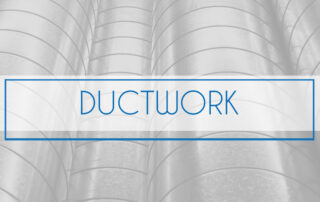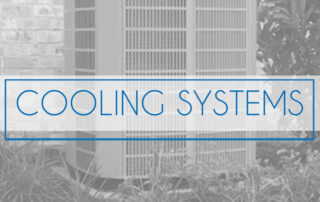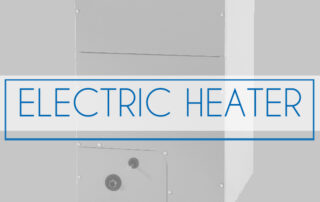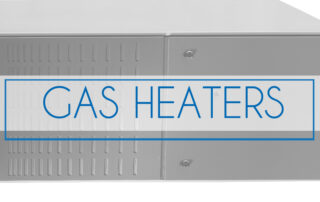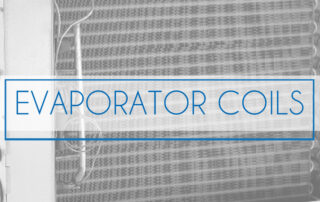CONDENSER
The condenser is the heart of the system. It condenses the refrigerant and expels the heat from the indoor environment.
HOW IT WORKS
The condensing unit (sometimes incorrectly referred to as compressor) is usually located outside. Its main function is that of a heat exchanger, in which it condenses a substance (refrigerant) from it’s gaseous to liquid state. From there, the latent heat is given up by the substance, and will transfer to the condenser coolant. In the refrigeration cycle, a heat pump transfers heat from a low temperature heat source into a higher temperature heat sink. Heat naturally flows in the opposite direction because of the second law of thermodynamics. The most common of the refrigeration cycles uses an electric motor to drive a compressor (located inside the condensing unit). Because evaporation occurs when heat is absorbed, and condensation occurs when heat is released, air conditioners are designed to use a compressor to cause pressure changes between two compartments, and actively pump refrigerant around. Inside the condenser, the refrigerant vapor is compressed and forced through a heat exchange coil, condensing it into a liquid and rejecting the heat previously absorbed from the cool indoor area. The condenser’s heat exchanger is generally cooled by a fan blowing outside air through it.
TYPES OF CONDENSERS
In the past, there was only one type of condenser available. Today, there are more types of systems to choose from.
Standard Single-Stage: This is the most common type of system. Available in SEER ratings ranging from 14-16+. This type of system turns on, runs at the full tonnage, and then shuts off once the temperature set point is reached.
Two-Stage: This system is a step up from the traditional single-stage system. Instead of turning on and running at full capacity, the two-stage unit will run in “low stage”, which is approximately 60-70% of the full cooling capacity. After a while, if the temperature set point isn’t reached, the condenser will go into the second stage and run at full capacity until the temperature set point is reached and then it will turn off.
Variable capacity inverter technology systems: This type of system has an automatic cooling range from a low of just under 1.0-ton cooling capacity for circulation and humidity control and has the capacity to range up to the rated full nominal tons for maximum cooling demands. This application automatically increases and decreases (modulates) as the load requires. It is also designed to run for extended times in the low range delivering much lower operating cost (energy efficiency) and much more aggressive humidity control (comfort).
BEFORE CALLING FOR SERVICE
If you are having trouble with your heating or cooling system, click the button below to take a look at this list of simple, safe do-it-yourself diagnostic procedures.
READ MORE
Select a system component below to read more.
SERVICE REQUEST
Do you need help with system maintenance, repair or design? Or if you have a general question or comment. Fill out this form to get in touch.
TEXT
713.861.1977
OFFICE
713.861.1977
WORKING HOURS
9:00am – 6:00pm
OFFICE LINE
1.800.555.6789
EMERGENCY
1.800.555.0000
WORKING HOURS

